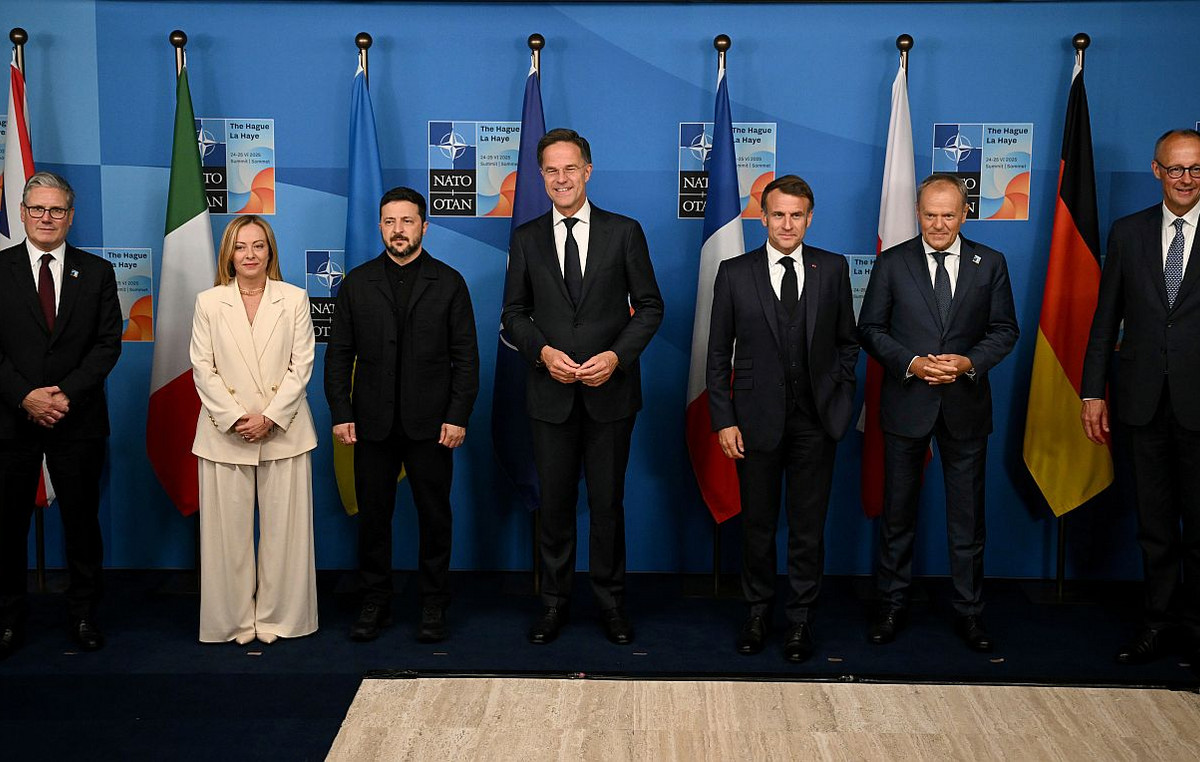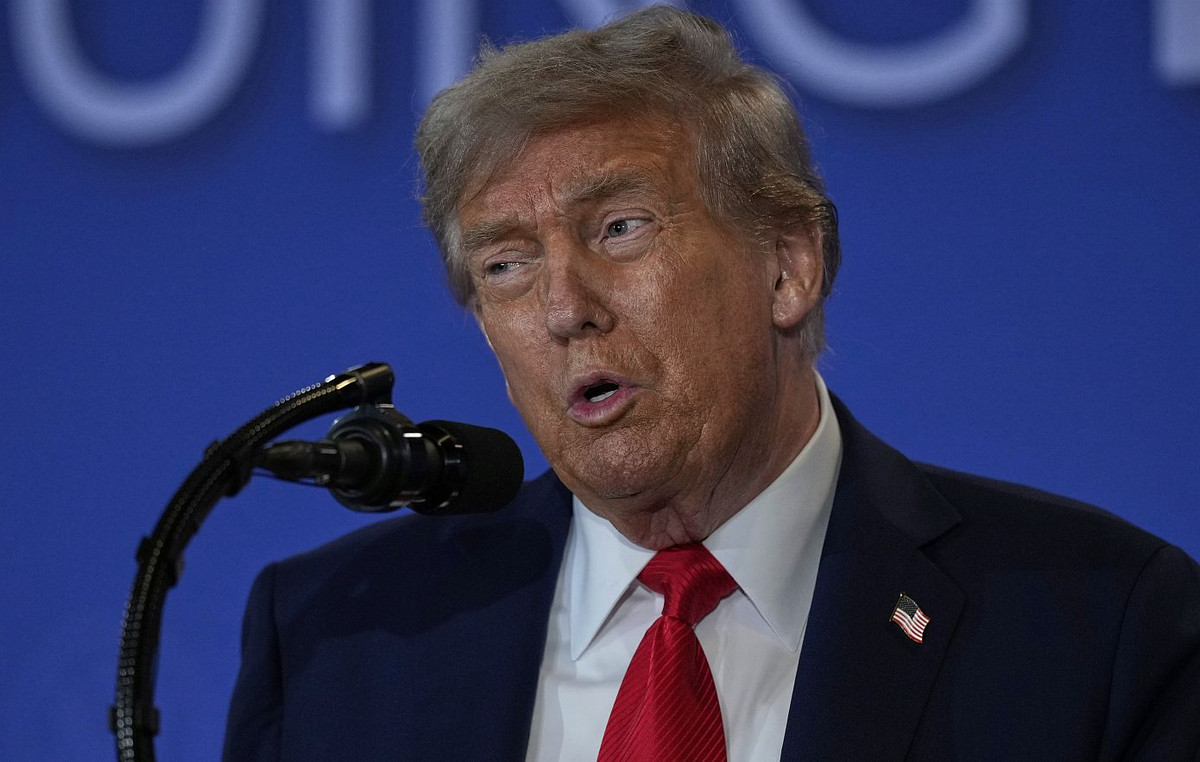He Gold price falls this Tuesday after a moderate rebound on Mondayaccording to data from FXStreet.
The price of Gold in euros currently stands at 2,516.99, falling 0.30% so far this day.
Gold has risen in the early hours of Tuesday to a daily high of 2,530.03. Later, the Gold price in euros has fallen to an eight-day low of 2,513.08.
On Monday, the price of Gold in euros closed at 2,524.48, gaining 0.09% on the day.
So far this year, the price of Gold in euros has gained 36.69%.
The price of Gold is updated daily based on the market rates of the XAU/EUR pair taken at the time of publication.
What factors have influenced the price of Gold recently?
- Gold continues to lose ground as interest in the Middle East conflict wanes, at least for the moment. Attention now turns to the US Federal Reserve, which begins its two-day monetary policy meeting today.
- The German business climate IFO has fallen in December to 54.7, its lowest level since May 2020, in the midst of the first wave of Covid. The figure has worsened expectations of standing at 85.6.
- Germany’s ZEW economic sentiment index, meanwhile, has shot up to 15.7 in December from 7.4 in November, notably improving on the expected 6.2. The current situation indicator, however, has fallen to -93.1 from -91.4, worsening the -92.6 projected by the consensus.
Gold FAQs
Gold has played a fundamental role in human history, as it has been widely used as a store of value and medium of exchange. Today, apart from its brilliance and use for jewelry, the precious metal is considered a safe haven asset, meaning it is considered a good investment in turbulent times. Gold is also considered a hedge against inflation and currency depreciation, since it does not depend on any specific issuer or government.
Central banks are the largest holders of Gold. In their aim to support their currencies in turbulent times, central banks tend to diversify their reserves and purchase Gold to improve the perception of strength of the economy and currency. High Gold reserves can be a source of confidence for the solvency of a country. Central banks added 1,136 tons of gold worth about $70 billion to their reserves in 2022, according to data from the World Gold Council. This is the largest annual purchase since records exist. Central banks in emerging economies such as China, India and Türkiye are rapidly increasing their gold reserves.
Gold has an inverse correlation with the US Dollar and US Treasuries, which are the main reserve and safe haven assets. When the Dollar depreciates, the price of Gold tends to rise, allowing investors and central banks to diversify their assets in turbulent times. Gold is also inversely correlated with risk assets. A rally in the stock market tends to weaken the price of Gold, while sell-offs in riskier markets tend to favor the precious metal.
The price of Gold can move due to a wide range of factors. Geopolitical instability or fear of a deep recession can cause the price of Gold to rise rapidly due to its status as a safe haven asset. As a non-yielding asset, the price of Gold tends to rise when interest rates fall, while rising money prices tend to weigh down the yellow metal. Still, most of the moves depend on how the US Dollar (USD) performs, as the asset is traded in dollars (XAU/USD). A strong Dollar tends to keep the price of Gold in check, while a weaker Dollar is likely to push up Gold prices.
Source: Fx Street
I am Joshua Winder, a senior-level journalist and editor at World Stock Market. I specialize in covering news related to the stock market and economic trends. With more than 8 years of experience in this field, I have become an expert in financial reporting.







